


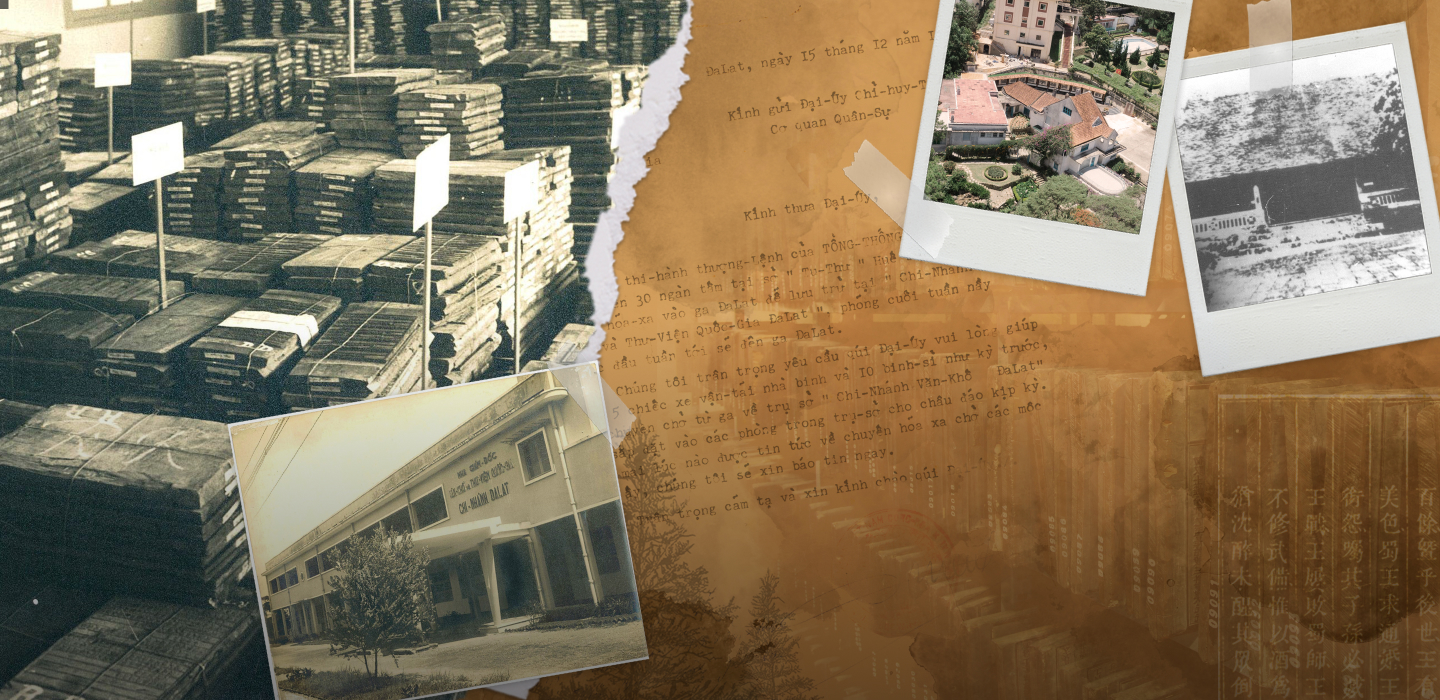
After establishing the dynasty in 1802, the Nguyen emperors paid a great attention to the compilation of history as a way to stabilize the society, connect the people, then enhance the Nguyen family’s role and the dynasty’s position.
In 1811, Emperor Gia Long established Sử cục or the Historical Department, the precursor of Quốc sử quán or the Historical Office and ordered: “Now let’s compile “Quoc trieu thuc luc” (The annals of the dynasty) so that the old legends are widely available for reference”
In 1820, right after ascending the throne, Emperor Minh Menh ordered to gather all remained records and set up the Historical Office. The Historical Office was assigned to conduct compilation, carving for printing and then preserving official historical and literature works of the royal court. In more than 100 years of its operation, the Historical Office completed many valuable book sets, such as Đại Nam thực lục (Annals of Dai Nam), Khâm định Việt sử thông giám cương mục (The Imperially Ordered Annotated Text Completely Reflecting the History of Viet), Đại Nam nhất thống chí (Dai Nam Comprehensive Encyclopedia), Minh Mệnh chính yếu (The Significant policies under Minh Menh reign) and many other historical works.
Besides Historical Office, Nội các or the Cabinet (established in the 10th year of Minh Menh reign – 1829) also compiled many works which are worth to be great achievement of the national history.
There is no doubt that the compilation and carving Royal woodblocks in Nguyen Dynasty to pass on official royal history, laws and regulations to the people played a significant role under the rule of Nguyen Emperors.


Now, Let’s order Thái sử (National historians) to choose date to start compilation, Toản tu (Inspectors) to carefully check characters on the carved boards and Tổng tài (Editors) to pay attention to the edit so that the works could be complete soon for dissemination.Thieu Tri Emperor's edict
In order to compile national book sets on history, geography, culture or education according to the Emperors’ orders, an editorial board headed by high-ranking mandarins of the court was set up, who were supported by a system of strict rules for the compilation, carving, printing and selecting carver.
It usually took much time (for years) and resource to complete a book set. For example, the Prequel records of the Annals of Dai Nam took 25 years for compilation (from the 2nd years of Minh Menh reign – 1821 to the 4th year of Thieu Tri reign – 1844) The Principle records only were started to complied in the 2nd year of Minh Menh reign *(1821) and lasted until the reign of Khai Dinh (1916 – 1925) to complete the 7th part. So it took almost 100 years to complete the draft of the Annals of Dai Nam.
Followings are steps to make a board of woodblock:
Wood and other materials such as ink, paper, water oil, mats, awl, chisel and other woodworking tools in different sizes were prepared. Mandarins in relevant bodies were responsible for preparing the materials and tools.
Preparing wood is a time-consuming step because it took time to process the wood transferred from neighboring provinces to the capital in to boards, then let them dry and flattened. This required strong man who were able to follow the work in one or two years. Wood of Thị tree (diospyros decandra tree), Mít tree (Jackfruit tree), Thừng Mực (Lồng Mực, Lồng mức) tree ( Holarrhena pubescens tree) were usually chosen to make Royal woodblocks. Besides, official records also mentioned some other types of trees used in making the woodblocks such as peal tree and apple tree. Wood selected to make woodblocks should be strong, stable and ink-absorbable.
After being selected, wood was cut into pieces and soaked to remove sap. The pieces of wood were cut into boards and dried until they were suitable to make woodblocks. The boards then were smoothed and cut in to suitable sizes according to the printing frame for carving.
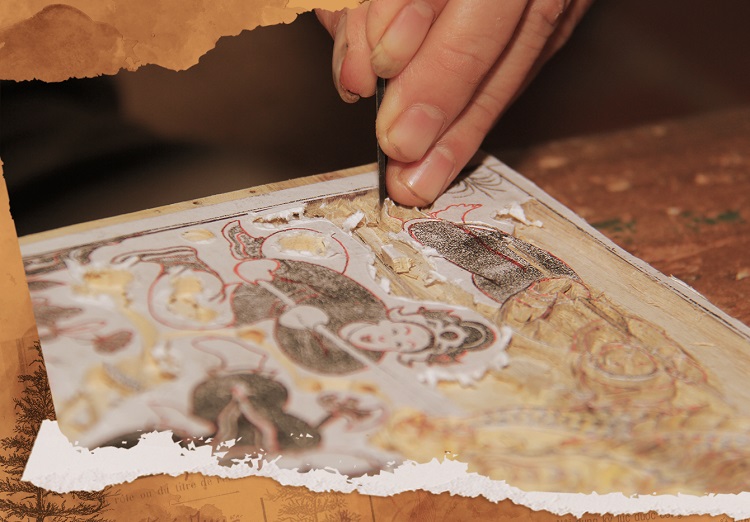
A layer of glue was applied, then the texts were pasted onto the board in reverse. When the paper sheet was dry, a layer of plant oil was applied to the paper so that the texts appeared clearly.
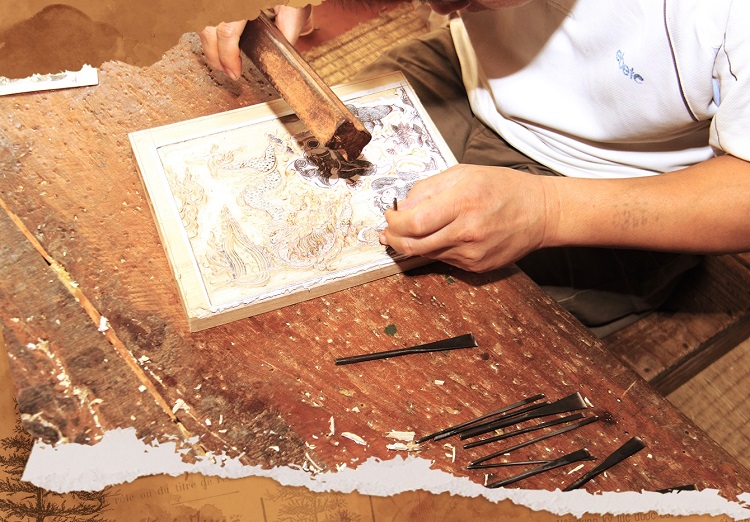
This is a meticulous step which required a flexible handling of tools to highlight the texts and borders. The carver would start with making lines dividing rows of texts, then gradually remove areas of wood without texts from left to right and finish at the center of each character. The carver went carefully row by row and finally completed a woodblock with correcting and cleaning the board.
When a woodblock was completed, it’s used to print texts to check mistakes. If there were some wrong characters, they would be removed, new characters would be carved to add in. Woodblock with raised-carving texts is “positive” while woodblock with sunk-carving texts is “negative”. Most of the woodblocks are positive.
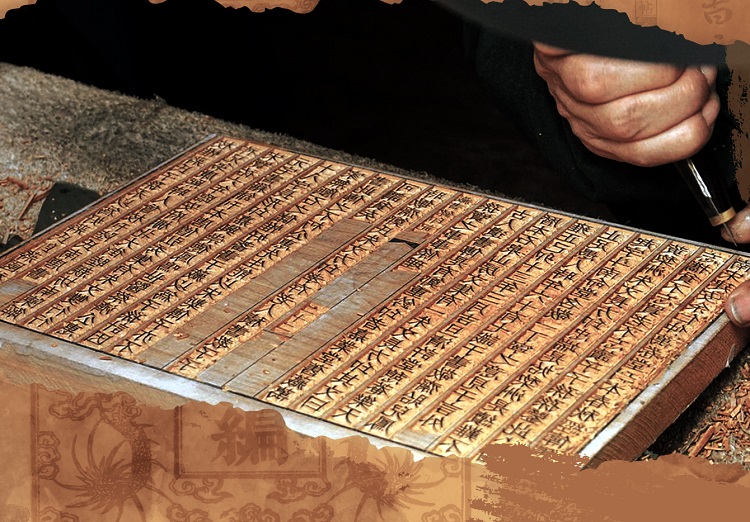
After carving, the sets of Royal woodblocks were kept in the warehouses (Tàng bản đường) in the Historical Office for printing and publishing following the Emperors’ orders. In order to have a nice print, ink was applied to the woodblock’s surface by hand-made brush or roll. After that, sheet of paper was plated to cover the frame, then was rubbed carefully to absorb ink. The texts then came out.
Each side of a board of woodblock usually fixed two pages so that the printed sheets were half-folded, then arranged smoothly, attached together with a clip and cut around to fix the book size. Finally, the clip was remove to bind the book.
By applying the above-mentioned procedure, the official book sets of Nguyen Dynasty are precise and authentic, minimizing the deviation from the original.
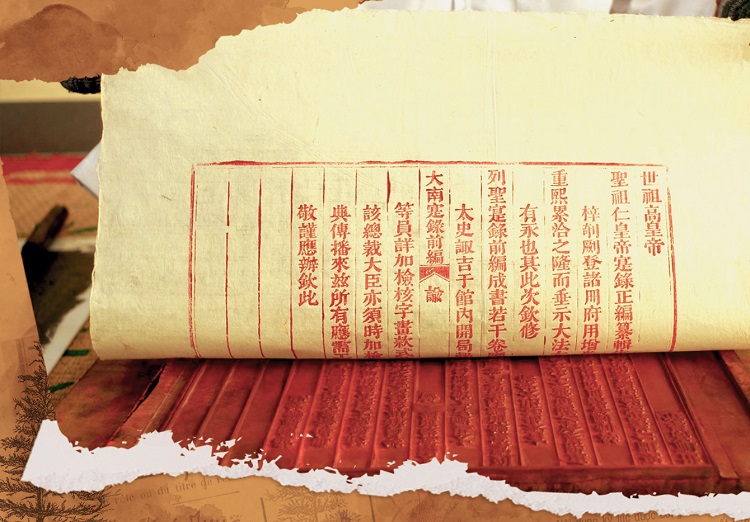
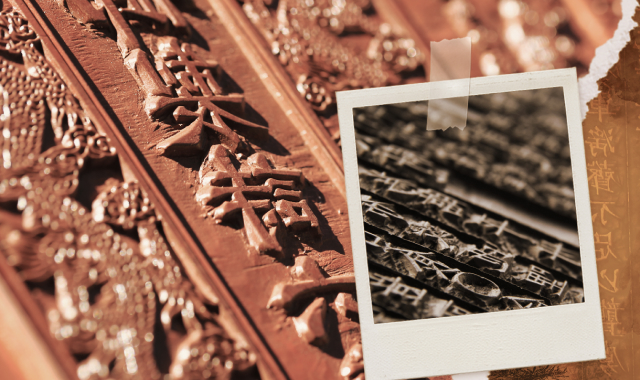
The collection was inscribed in the International Register of the UNESCO Memory of the World Program on July 31, 2009 for its unique content and art of craft, becoming the first World Documentary Heritage of Vietnam.
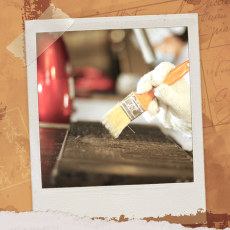
The Royal woodblocks were preserved in the in the Historical Office after carving. However, since the number of woodblocks increased, Nguyen dynasty built Woodblocks Warehouse (Tàng bản đường) behind the Historical Office to keep them. National university (Quốc Tử giám) was also established. Besides its main function as an educational institute, National university preserved and restored woodblocks collected from the North capital too.
The woodblocks were frequently checked to identify broken ones to restore as soon as possible.
In 1933, the Historical Office was closed. The Office was used as the first library of the South court. The Office then was renovated in large scale to become a central library. The renovation completed in 1937. The library was named as Bao Dai Library, then renamed as Viện Văn hóa Trung phần or Central Highland Cultural Institute. Many books and records of different archival institutions in Hue were kept here including the Royal woodblocks of Nguyen Dynasty.
Therefore, before being transferred to Da Lat, the holding of Royal woodblocks was kept in Hue.
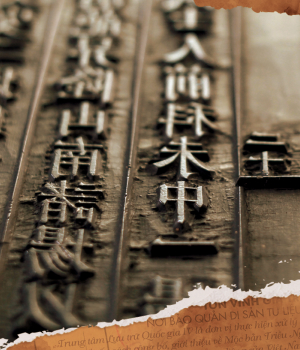
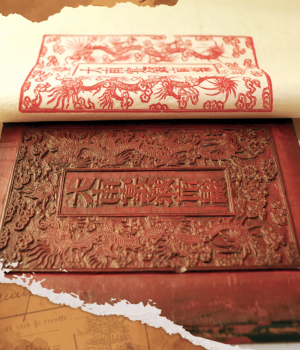
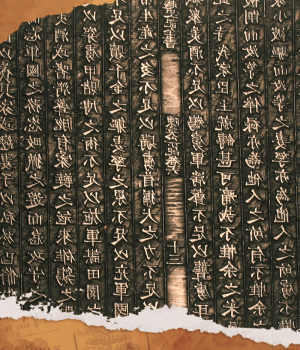
Copyright © 2020 TTLTQG4 All Rights Reserved Powered by Thanh Nien Corp.